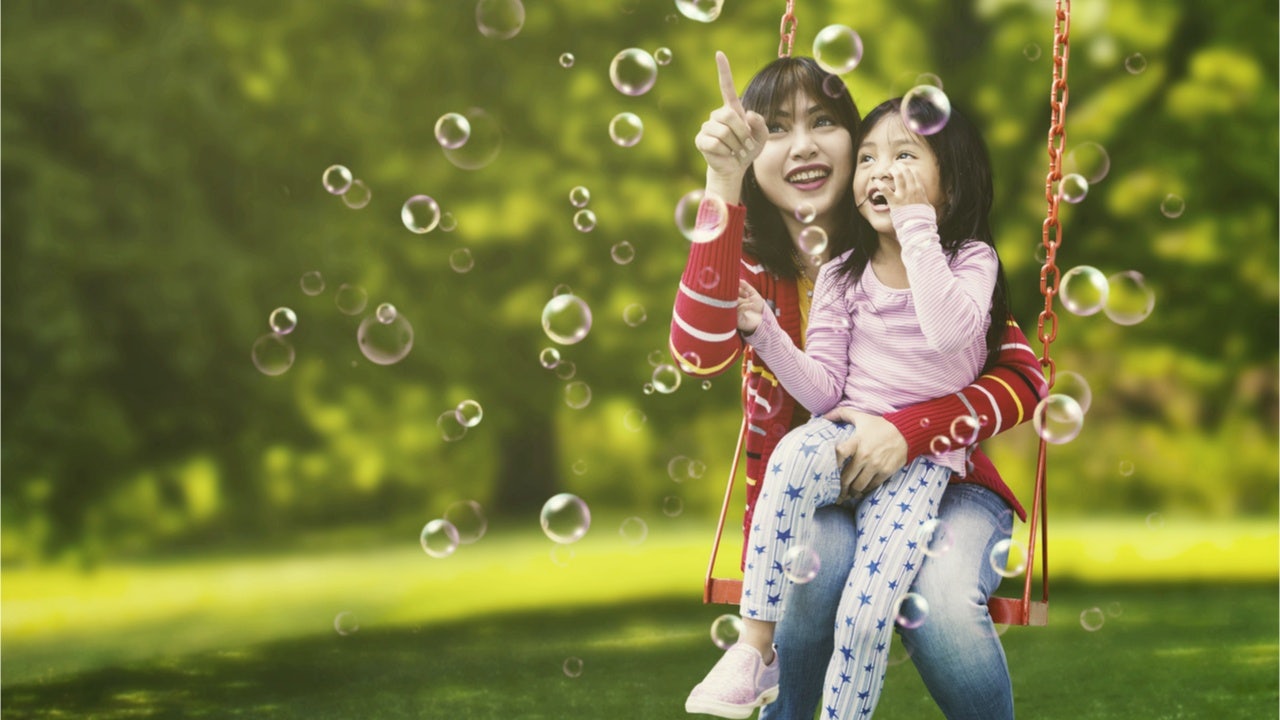During October of 2015, after 36 years, China announced the end of its one-child policy, thereby allowing mothers to birth up to two children. Now the South China Morning Post is predicting that “by 2020, the government would relax birth restrictions, ending the family planning policy.” This amendment has generated unprecedented changes in Chinese society, and young families soon took notice of niche markets that didn’t have a powerful impact on their spending habits before. A higher fertility rate translates into growth in specialized market segments like children's apparel, baby-care products, and toys, while also ushering in social changes, like China's emerging "mini-me" culture.
The birth of a child is a life-changing moment. It becomes a catalyst that transforms behaviors and interactions. Parents will prioritize the needs and desires of the child over anything else, and gradually, mothers lose themselves in motherhood, forfeiting their own identities. This psychological process affects every area of a parent’s life, including their fashion choices. As mothers naturally identify with their offspring, the temptation to dress their kids as smaller versions of themselves becomes an evolutionary bonding element. This is especially true of so-called “helicopter parents,”a slang term for modern parents that are overprotective and over-involved in their children’s lives.
Millennial moms are an obvious target for what appears to be a surging “mini-me” trend in China. That’s because young Chinese female consumers are more susceptible to peer pressure due to the country’s large social media penetration (50 percent) and the tremendous aspiration to become “bai fu Mei” (white, wealthy, and attractive) much like the country’s top female celebrities, Fan Bingbing and Angelababy. It doesn’t hurt that many Tier-1 and Tier-2 millennial and Gen-Z mothers are constantly on social media sites and can be viewed as “content creators” who easily incorporate their parenting and mini-me adventures into these platforms.
And now, “kidfluencers” can bring in big checks for their families.
Crystal Abidin, a digital anthropologist at Australia's Deakin University, told The Atlantic that “with the rise of the influencer industry en masse, instead of the stories of children going through the process of trying out the products with their moms, they have been reduced to props.” And now, “kidfluencers” can bring in big checks for their families. Forbes estimated that Ryan of Ryan Toysreview was this “year’s highest-paid YouTube star, earning 22 million in the 12 months leading up to June 1, 2018,” and according to the mothering site SheKnows, Zooey Miyoshi from ZooeyintheCity “has a modeling contract and recently worked on Target’s exclusive Barbie collection.”
With the growth of the kidfluencer market, it should come as no surprise that the global luxury childrenswear market shot up to 6.6 billion in 2018. But in China, that growth was even greater, doubling over the past 12 months. That’s because the luxury childrenswear footprint is broader and more perceptible in China where young mothers have a higher disposable income and greater social peer pressures than their Western counterparts. And now, after seeing the success of the mini-me pictures that Kim Kardashian and Beyonce recently posted, the rest of the world is following suit, recognizing these posts as a winning social media engagement strategy.
Even without marketing campaigns or money-making strategies, there’s an addictive quality that can come with young mothers spoiling their children, and according to Chloé CEO, Geoffroy de la Bourdonnaye, “mothers take pride in seeing their daughters look like themselves.” Additionally, many say there is an ongoing infantilizing of culture and beauty standards in China. While in the West, marketing campaigns promote sexual attributes, in Asian societies, women try to look cute or “meng.” This fascination with everything childish, naïve, and youthful can be seen in the rise of manga culture, and the magazine Sixth Tone reports that international brands are often forced to "infantilize their businesses in order to connect with the lucrative Chinese market” due to the massive popularity of cuteness in China. Natalia Mehlman Petrzela, an associate professor at the New School in Manhattan, brought up a similar point in an interview with The Wall Street Journal, saying, “There’s the infantilization of women to look like little girls and on the flip side, [the pressure] for young girls to always look older— to wear bikinis and crop tops.”
For mothers, this has led to a matchy-matchy trend that’s becoming a lucrative segment, and foreign brands were fast to capitalize on those changes in modern China. One of those brands is Fresh Dinosaurs: a Spanish Children’s apparel company created by Jose Hernandez, Leni Muntaner, and Maria Hernandez. The creative trio kicked off their first collection at the Kids Fair Trade Show in Paris years ago, and now, following an aggressive expansion strategy, their clothes can be found all around Korea, Japan, China, and Hong Kong. Their fun and colorful designs have resonated well with Chinese consumers who favor ever-more-youthful styles.
Jose Hernandez told Jing Daily that Chinese consumers love the vision that Fresh Dinosaurs has for kids. “We are an unconventional and joyful brand that bends the stylistic rules,” he says. “Our colors are gender-neutral, and we make a conscious effort to promote the concepts of inclusivity and sustainability.” The Fresh Dinosaurs team is aware that a change has come to China, and consumers there have moved from the brand-obsessed phase into a more pragmatic period. This is backed up by a McKinsey report stating that Chinese buyers “are behaving like their counterparts in the developed world” now and are more “demanding and pragmatic than ever.”
This newly found pragmatism has meant good business for Fresh Dinosaurs. Leni Muntaner told Jing Daily that “China’s sense of style has changed during the past decade. Consumers are becoming more perceptive and sophisticated, and they are exceedingly prioritizing design and functionality over a brand’s name.” This advancing market sophistication is starting to allow niche brands to compete with international players and succeed in a cutthroat market that everyone wants a slice of since China’s “local buyers are the dream consumer: informed and educated heavy spenders,” according to Hernandez
Considering young, internet-savvy Chinese consumers’ appetite for all things social, we foresee nothing but further growth in the mini-me market in the future. Skeptics would be wise to look at the success of Baby Dior in China, which all started from a simple picture posted on the brand’s Weibo account by a Dior staffer of “a Lalei dressed in head-to-toe cream and lace Dior.” From that one image, Mothers quickly became addicted to the Baby Dior collections, and the company’s sales skyrocketed.

